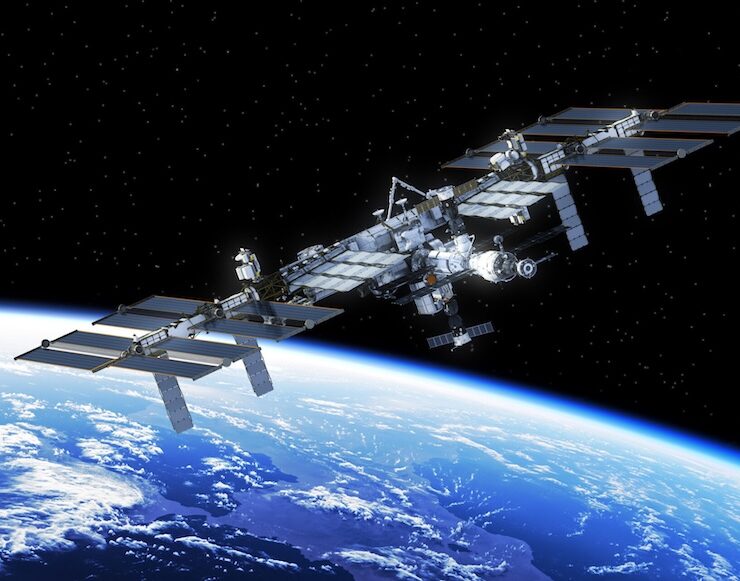Saudi Arabia’s Q1 GDP contracts by 1.8%, oil sector weighs
The statistics authority estimated that oil activities plunged by 10.6 per cent in the first quarter compared to the same period a year ago

Saudi Arabia’s economy contracted by 1.8 per cent year-on-year (YoY) in the first quarter, according to preliminary data published by the kingdom’s statistical authority, as a decline in oil activities continued to hurt overall growth.
The country’s GDP had shrunk by 3.7 per cent in the last quarter of 2023, as oil production cuts and lower crude prices weighed on the economy.
Saudi Arabia’s General Authority for Statistics estimated that oil activities plunged by 10.6 per cent in the first quarter compared to the same period a year ago.
The kingdom, the world’s largest oil exporter, is pumping around 9 million barrels per day (bpd), well below its around 12 million bpd capacity after it cut production as part of an agreement with OPEC and other oil producers.
The non-oil economy – a priority for the government as it looks to wean itself off heavy reliance on hydrocarbons – expanded by 2.8 per cent in Q1 2024 on an annual basis, the statistics authority said while noting a 2 per cent growth rate in government activities.
#GASTAT publishes flash estimates of real GDP growth rates for Q1 2024.
— الهيئة العامة للإحصاء (@Stats_Saudi) May 1, 2024
Quarterly, seasonally adjusted growth was up 1.3 per cent from the previous quarter, driven by a 2.4 per cent increase in oil activities and a 0.5 per cent growth in non-oil activities, although government activities dropped by 1 per cent.
Brent crude has averaged around $83.50 so far in 2024, while Saudi Arabia needs oil at $96.2 to balance its 2024 budget, the International Monetary Fund (IMF) said in April.
Saudi Arabia is projected to grow 2.6 per cent this year, a downward revision from 4 per cent forecast in October, the IMF said in its latest regional outlook report on the back of continued output cuts.
Saudi Arabia’s diversification strategy
Meanwhile, Saudi Arabia is investing hundreds of billions of dollars to diversify its economy which still relies on oil and its close derivatives – petrochemicals and plastics. It aims to develop sectors such as tourism and industry, expand the private sector and create jobs.
The kingdom has undergone a breakneck transformation over the years. Its sovereign fund the Public Investment Fund (PIF) is central to the government’s economic reform initiative as it looks to wean the economy off its heavy reliance on oil revenues.
PIF is tasked with stimulating inward investment, accessing new technologies, developing local industries and addressing widespread underemployment in the country. To date, the wealth fund has established more than 77 companies and created over half a million direct and indirect jobs.
Saudi Arabia posted a fiscal deficit of $21.6bn (SAR80.9bn) in 2023, as total spending increased 11 per cent from the previous year while oil revenue declined. The kingdom’s finance ministry said total expenditure rose 11 per cent from the previous year to SAR1.29tn in 2023.




